Experts claim there are strong similarities between the 1709 ‘Mendelssohn’ Stradivari and a violin exhibited in Tokyo in 2018
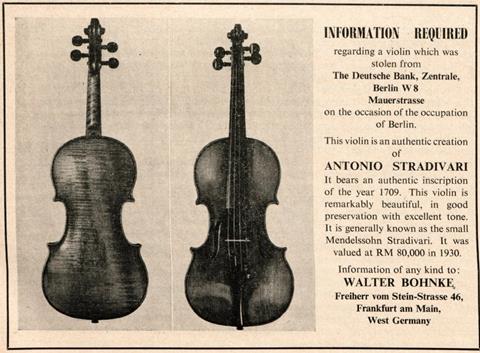
A 1709 Stradivari violin that was stolen at the end of World War Two may have been unearthed in Tokyo, according to a US academic. Carla Shapreau, who runs the Lost Music Project, which traces instruments and other cultural objects looted in Nazi Germany, claims to have identified the 1709 ‘Mendelssohn’ Stradivari violin, which has been missing since 1945.
In the summer of 2024, Shapreau came across a photo of a violin known as the 1707 ‘Stella’ Stradivari as photographed for a 2018 Tokyo exhibition (the instrument was subsequently featured in The Strad’s 2019 calendar). Shapreau identified striking similarities in shape and wear marks between the ‘Stella’ and the missing ‘Mendelssohn’, and now believes they are one and the same. Her claim has been backed up by Jason Price, founder of the auction house Tarisio.
In the 1920s, the instrument known as the ‘Mendelssohn’ was owned by violinist Lilli von Mendelssohn-Bohnke, who was part of a prominent family of German–Jewish bankers. When the Nazis came to power in the 1930s, they passed race laws banning Jews from owning property, and the family’s bank, where the violin was stored following Mendelssohn-Bohnke’s untimely death in a car crash in 1928, was liquidated in 1938. The instrument was transferred to a Deutsche Bank safe, which was subsequently plundered in 1945 during the Soviet occupation of Berlin.
In the years following, the Mendelssohn-Bohnke family searched in vain for the violin, filing reports and posting notices, which included an advertisement in the September 1958 issue of The Strad. Shapreau mentioned the search for the missing violin in a 2009 article for The Strad.
The Stradivari known as the ‘Stella’ is owned by Japanese violinist Eijin Nimura, who bought the instrument in or around 2005. Nimura has consistently mentioned the violin openly on his website, social media and in other public settings and there is no evidence of wrongdoing on his part, nor that he acquired the instrument in anything but good faith.
Meanwhile on his blog on the Tarisio website, Price says he personally encountered the ‘Stella’ in 2000, when it was held by Tarisio on consignment. At the time it was valued between $1.2 and $1.5 million. He writes: ‘It lived in the Tarisio vault for several months in the autumn of 2000. But that was long before I knew – to be clear, this was long before anyone knew – that this was the stolen “Mendelssohn” Stradivari.’
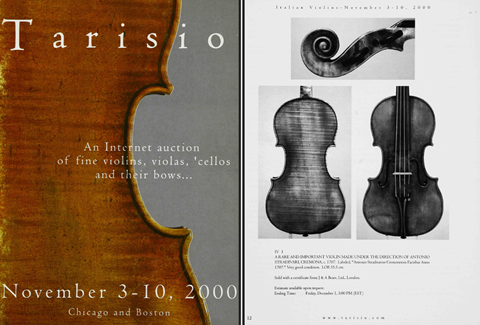
He goes on to state that the violin had originally resurfaced in Paris in 1995 and was certified that year in London by the late Charles Beare, who dated it between 1705 and 1710. At the time no-one had any knowledge of the instrument’s possible connection with the stolen ‘Mendelssohn’ Stradivari.
The violin did not sell so Tarisio returned it to the consignor, and around five years later it was sold to Nimura with a statement of provenance that it had been ‘in the possession of a noble family which has been living in Holland since the times of the French Revolution’.
Price however writes: ‘the name “Stella” and the spurious Dutch provenance were not known to Tarisio in 2000’.
The family of Mendelssohn-Bohnke would like the instrument back; Nimura meanwhile has stated via his lawyers that he has no obligation to the Mendelssohn heirs.
In recent years, instrument dealers, museums and other cultural institutions have come under increasing pressure to return looted objects to the original owners and their descendants. This puts many current owners, who acquired the items in good faith and for large sums of money, in extremely difficult situations.
Read: The stolen instruments of the Third Reich
Read: Cello of Holocaust victim reunited with daughter after 80 years
The number one source for playing and teaching books, guides, CDs, calendars and back issues of the magazine.
In The Best of Technique you’ll discover the top playing tips of the world’s leading string players and teachers. It’s packed full of exercises for students, plus examples from the standard repertoire to show you how to integrate the technique into your playing.
In the second volume of The Strad’s Masterclass series, soloists including James Ehnes, Jennifer Koh, Philippe Graffin, Daniel Hope and Arabella Steinbacher give their thoughts on some of the greatest works in the string repertoire. Each has annotated the sheet music with their own bowings, fingerings and comments.
The Canada Council of the Arts’ Musical Instrument Bank is 40 years old in 2025. This year’s calendar celebrates some its treasures, including four instruments by Antonio Stradivari and priceless works by Montagnana, Gagliano, Pressenda and David Tecchler.

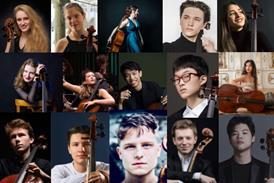

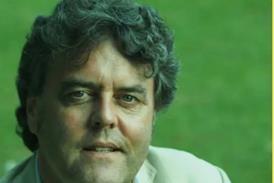
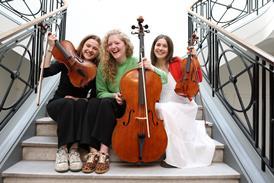
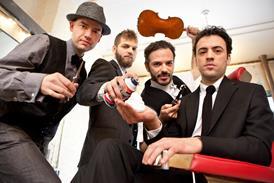



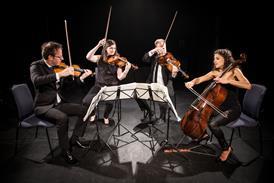

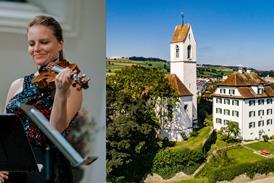
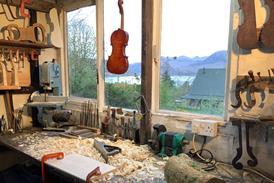
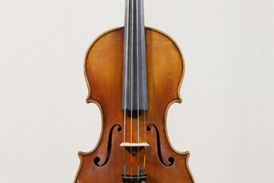
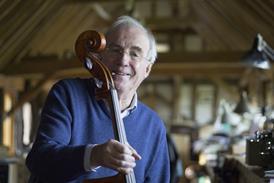
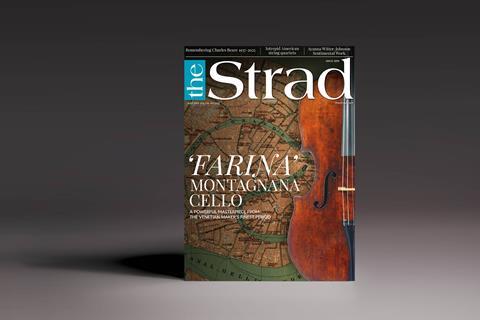
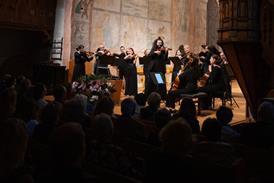

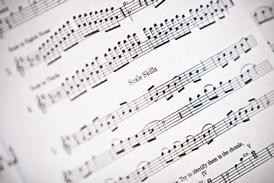
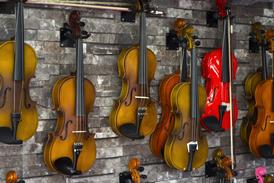
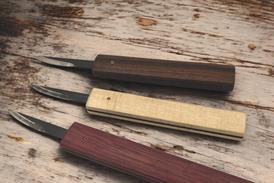
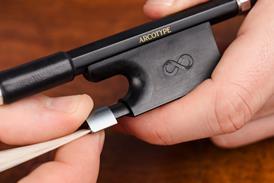
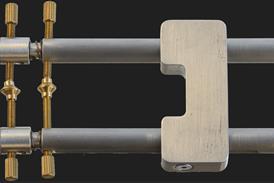
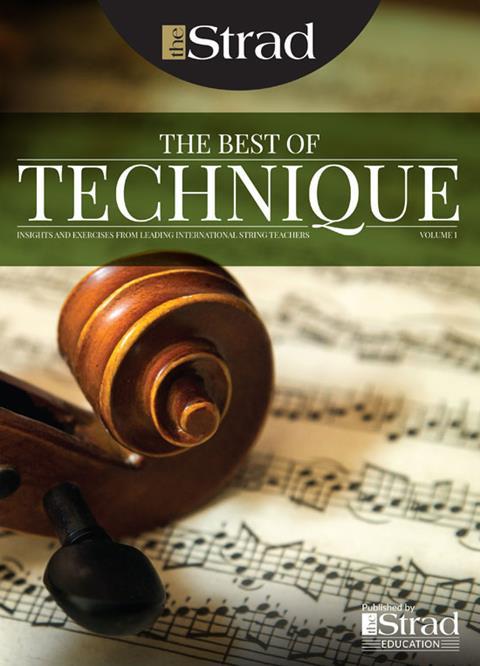
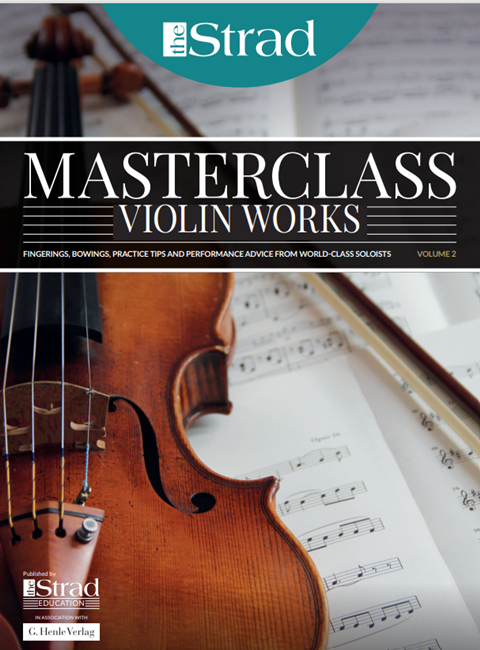
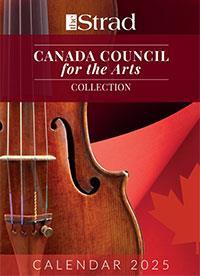












No comments yet